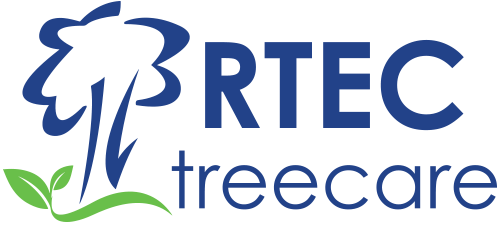Invasive plants and pests pose a significant threat to ecosystems, agriculture, and urban landscapes. These non-native species can outcompete native flora and fauna, disrupt habitats, and cause extensive economic damage. Understanding how to control and prevent their spread is crucial for maintaining biodiversity and protecting our environment.
Understanding Invasive Species
Invasive species are organisms introduced to an area where they are not native, often causing harm to the environment, economy, or human health. Common invasive plants include kudzu, Japanese knotweed, and English ivy, while pests like the emerald ash borer, gypsy moth, and Asian longhorned beetle are known for their destructive impact
The Impact of Invasive Species
The presence of invasive plants and pests can lead to:
- Loss of biodiversity: Native species struggle to compete with invasive species, leading to a decline in local biodiversity.
- Economic damage: Invasive species can cause significant economic losses in agriculture, forestry, and landscaping.
- Environmental harm: These species can alter soil composition, water availability, and fire regimes, disrupting entire ecosystems
Control and Prevention Strategies
Effective management of invasive species involves a combination of strategies:
Prevention
- Early Detection and Rapid Response (EDRR): Identifying and addressing invasive species early can prevent their establishment and spread
- Public Awareness and Education: Educating the public about invasive species and how to prevent their spread is crucial. This includes cleaning equipment and footwear before moving between different natural areas. Visit our Instagram and Facebook pages for a full list of events where you can get involved!
Biological Control
- Natural Enemies: Introducing natural predators, such as insects or pathogens, can help control invasive species. For instance, the introduction of the vedalia beetle (Rodolia cardinalis) helped control the cottony cushion scale in California. Similarly, the use of Bacillus thuringiensis, a soil-dwelling bacterium, has been effective in controlling larvae that attack food crops. This method requires careful research to ensure that the introduced species do not become invasive themselves.
Chemical Control
- Pesticides and Herbicides: These can be effective but must be used judiciously to avoid harming non-target species and the environment. Integrated Pest Management (IPM) strategies often combine chemical treatments with other methods to minimize environmental impact
Mechanical Control
- Physical Removal: Techniques such as mowing, hoeing, tilling, and hand-pulling can be effective for managing invasive plants. Mechanical control is often used in conjunction with other methods to enhance effectiveness
Cultural Control
- Habitat Management: Practices such as mulching, soil solarization, and prescribed burning can help manage invasive species. Changing planting dates and using pest-resistant crops are also effective cultural control methods
Monitoring and Maintenance
- Regular Inspections: Ongoing monitoring of landscapes for signs of invasive species is essential. Early intervention can prevent small infestations from becoming major problems
Tackling the threat posed by invasive plants and pests is crucial for safeguarding our ecosystems, agriculture, and urban environments. Through a combination of prevention, early detection, public awareness, and integrated management strategies, we can effectively control and prevent the spread of these harmful species. By working together and staying informed, we can protect our natural resources and maintain the biodiversity that is essential for a healthy and thriving environment. Let’s take proactive steps to combat invasive species and ensure the preservation of our precious ecosystems for generations to come.
